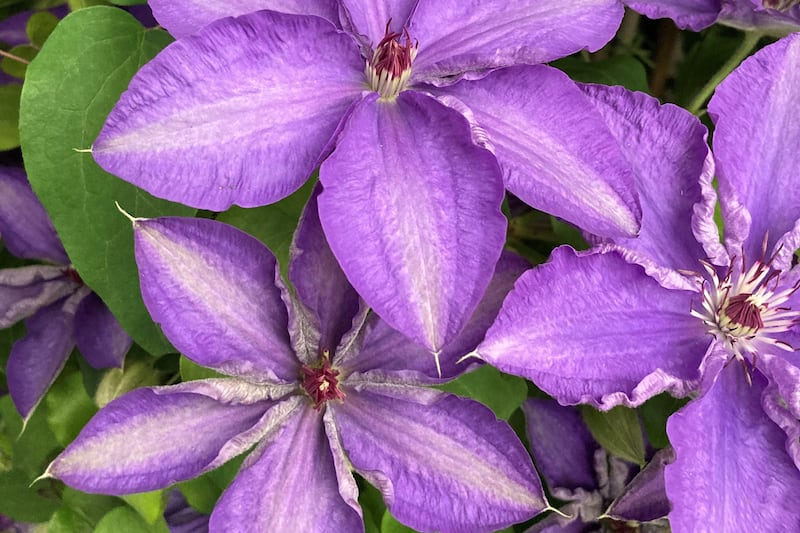If you resolve to do anything in 2024 ensure it’s making yourself a more environmentally-friendly gardener. Follow these simple steps and it’ll be more than just your fingers that are green...
Go peat free
Peat is great growing medium, which is why it’s the gardener’s number one choice. It contains little or no nutrition but holds moisture, while at the same time being free-draining. Peat-based composts are relatively cheap to buy but their use comes at a high environmental cost. Its large scale extraction from boglands across Ireland not only releases greenhouse gases but also destroys habitats and potential carbon sinks. Ideally, you should be making your own sustainable growing medium with a mix of composted materials and leafmould. As well as opting for alternatives, one positive step we can all take is to let retailers know that we demand peat-free products.
Go pesticide free
Using herbicides and pesticides to deter the likes of ants or aphids or kill unwanted weeds is the horticultural equivalent of using napalm. These products indiscriminately kill microbes, the living organisms at the bottom of the food chain, as well as insects. The destructive process doesn’t end there. Studies in the US have shown that glyphosate, the active ingredient in weedkiller Round-Up that is thought to be carcinogenic, is present in the urine of around 80% of children and adults. The solution is to be more tolerant of weeds and to create an environment where natural predators thrive.

Create a wild area
Not every garden is big enough to accommodate a wild area where the likes of nettles and brambles are permitted to flourish. Nonetheless, even the smallest space can have somewhere set aside to enable nature to prosper rather than be suppressed. Such an approach will encourage more wildlife into your garden, which not only creates additional interest but helps with pest control too. Add a log pile to your wild area to encourage hibernating hedgehogs and frogs. Birds will also feed on grubs in the rotting logs, which may even produce some eye-catching fungi and introduce you to the whole new world of mycology.
Grow native plants
Our native wildlife, from insects to birds, have been living in harmony with our native plants for millennia. They complement one another in a balanced and sustainable ecology. Introducing native plants into your garden, whether they produce berries, nectar or seeds to eat, will therefore encourage indigenous wildlife. Some of our native plants are also among the most spectacular. Why not think about mullein, teasel, foxgloves or angelica? Each of these is unfussy about conditions and self-seeding, meaning they’ll continue to flourish year after year with minimal encouragement.

Create a water feature
Water is the lifeblood of every garden but it’s not only plants that need it to thrive. The addition of a pond, or where room is limited a smaller water feature, will transform your garden, both in terms of aesthetics and visiting wildlife. Ornamental ponds that provide a home for goldfish or koi carp are all well and good but when it comes to encouraging biodiversity, it’s best to follow nature’s example as closely as possible. Your pond or water feature doesn’t necessarily have to be that expansive – though the bigger the better – as the likes of a Belfast sink or half barrel will provide a good home for a few aquatic plants, which in turn will attract various creatures, from water boatmen, snails and sticklebacks to frogs and even newts.








